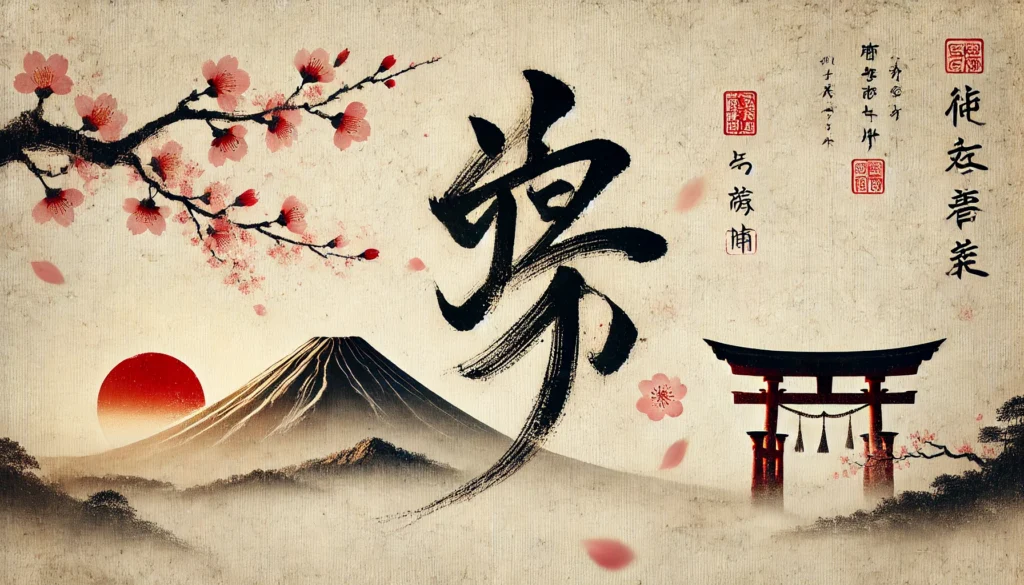How to Write 'Japanese' in Japanese (Kanji and Kana) – Secrets

The Japanese writing system is as fascinating as it is complex, combining three distinct scripts – kanji, hiragana, and katakana. This unique blend allows for nuanced expression, enabling the representation of native Japanese words, borrowed foreign terms, and grammatical functions. Understanding how to write "Japanese" in Japanese opens a door to the rich linguistic and cultural heritage of Japan.
- The Word "Japanese" in Japanese Writing
- Breaking Down the Kanji for "Japanese"
- Kanji: The Backbone of Japanese Writing
- Hiragana: The Foundation of Japanese Grammar
- Katakana: Borrowing from the World
- Why Three Scripts?
- Tips for Learning to Write in Japanese
- Valuable Resources for Learning Japanese Writing
- The Beauty of Japanese Writing
The Word "Japanese" in Japanese Writing
To write "Japanese" in Japanese, you primarily encounter the following terms:
- 日本語 (Nihongo) – Refers to the Japanese language.
- 日本人 (Nihonjin) – Refers to Japanese people or nationality.
- 日本 (Nihon or Nippon) – Represents Japan as a country.
For those interested in the language specifically, 日本語 (Nihongo) is the correct way to write "Japanese."
Breaking Down the Kanji for "Japanese"
Let's dissect 日本語 to understand its components:
- 日 (Nichi or Ni) – Means "sun" or "day." This character also forms part of "Nihon" (Japan), often interpreted as "Land of the Rising Sun."
- 本 (Hon) – Translates to "origin" or "book." Combined with 日, it signifies "Japan" (日本).
- 語 (Go) – Means "language" or "words." This kanji is frequently used to indicate languages, e.g., 英語 (Eigo) for English and 中国語 (Chūgokugo) for Chinese.
Altogether, 日本語 (Nihongo) translates directly to "Japanese language."
Breaking It Down Further
- 日本語 (Nihongo) = 日本 (Nihon) + 語 (Go)
- 日本人 (Nihonjin) = 日本 (Nihon) + 人 (Jin)
In 日本語 (Nihongo), the kanji 日 (Nichi) means "sun" or "day," while 本 (Hon) means "origin" or "root." Together, they form 日本 (Nihon), meaning "Japan" or "origin of the sun." The kanji 語 (Go) means "language."
Thus, 日本語 literally translates to "Japan's language."
Similarly, 日本人 (Nihonjin) uses the kanji 人 (Jin), which translates to "person," creating the meaning "Japanese person."
日本 (Nihon/Nippon) can stand alone to refer to Japan, often read as Nihon in everyday use and Nippon in formal contexts or nationalistic expressions.
Examples in Context
- 私は日本語を話します。 (Watashi wa Nihongo o hanashimasu.) – "I speak Japanese."
- 彼は日本人です。 (Kare wa Nihonjin desu.) – "He is Japanese."
- 日本は美しい国です。 (Nihon wa utsukushii kuni desu.) – "Japan is a beautiful country."
Understanding these terms not only enhances language skills but also deepens appreciation for the layers of meaning embedded in Japanese writing.
Kanji: The Backbone of Japanese Writing
Kanji, characters borrowed from Chinese, serve as the foundation of Japanese writing. Each kanji symbolizes an idea or a word, often with multiple readings depending on the context. For example, 日 can be read as "hi" (day) or "ni" (as part of Nihon).
Kanji mastery is essential for fluency, as newspapers, books, and official documents predominantly use them. However, kanji learning is gradual, often starting with around 100 characters and expanding to over 2,000 for full literacy.
Hiragana: The Foundation of Japanese Grammar
Hiragana is a phonetic script of 46 characters representing syllables. Unlike kanji, each hiragana character corresponds to a specific sound, making it essential for grammatical elements, native words, and verb conjugations. For instance:
- こんにちは (Konnichiwa) – "Hello"
- ありがとう (Arigatou) – "Thank you"
Hiragana provides the structural framework of Japanese, allowing learners to write words even without mastering kanji.
Katakana: Borrowing from the World
Katakana mirrors hiragana in its 46 characters but is primarily used for foreign words, names, and onomatopoeia. For example:
- テレビ (Terebi) – "Television"
- アイスクリーム (Aisukurīmu) – "Ice cream"
Katakana's angular style visually distinguishes it from hiragana, adding another layer of versatility to the writing system.
Why Three Scripts?
The combination of kanji, hiragana, and katakana in a single sentence enables clarity and efficiency. Consider this example:
私はテレビを見ます (Watashi wa terebi o mimasu) – "I watch television."
- 私 (Watashi) – Kanji for "I"
- は (wa), を (o), 見ます (mimasu) – Hiragana for grammatical structure and verb endings
- テレビ (terebi) – Katakana for "television"
Each script plays a distinct role, making Japanese unique yet beautifully intricate.
Tips for Learning to Write in Japanese
- Daily Practice is Key – Consistency is crucial when learning to write Japanese. Spend at least 15 minutes a day practicing hiragana, katakana, or kanji to reinforce retention.
- Start with Hiragana – Focus on mastering hiragana first, as it forms the backbone of Japanese writing.
- Use Digital Tools – Websites like Kakimashou offer interactive exercises for learning Japanese writing.
- Learn Stroke Order – Each kanji has a specific stroke order. Following the correct sequence enhances writing fluency and improves memorization.
- Immerse Yourself – Watching Japanese media, reading manga, or labeling household items in Japanese can boost familiarity and confidence.
Valuable Resources for Learning Japanese Writing
- Kanshudo – A comprehensive platform for kanji learning and writing practice.
- Tofugu – Beginner-friendly guides covering all aspects of Japanese writing.
- FluentU – Japanese immersion through video content.
The Beauty of Japanese Writing
Learning to write "Japanese" in Japanese is more than just memorizing symbols – it’s a journey into Japan’s rich cultural and linguistic tapestry. The harmonious blend of kanji, hiragana, and katakana offers insight into the nation’s history and the evolution of its language.
With dedication and curiosity, anyone can unlock the beauty and complexity of Japanese writing.
If you want to discover other articles similar to How to Write 'Japanese' in Japanese (Kanji and Kana) – Secrets, you can visit the Japanese Art, Culture & Entertainment category.
Leave a Reply
More Related Posts